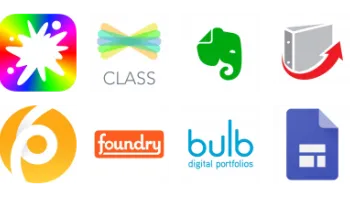- Digital Literacy and Citizenship
- Apps and Websites for Learning
- Tips and Resources
- Professional Development
- Family Resources
- Get Our Newsletter
- Donate
We're updating our review. In the meantime, we'd love to hear what you think of this tool. Write a review
Review by Melissa Powers , Common Sense Education | Updated May 2019








This tool helps students become excited about writing and collaborating with their peers. It is easy for the teacher to set up and the options of securing the posts and comments, so that those are not published unless the teacher gives permission, eases teacher fear of students collaborating online. This tool lends itself to really help strengthen the writing process for students.
This tool has not yet been rated by our privacy team. Learn more about our privacy ratings

Encourage students to express themselves through their writing.

Get students writing for the world, not the classroom.

Track student projects and showcase their work with these digital portfolio tools fit for school use.

Social media that helps teachers and students connect, collaborate, and share.